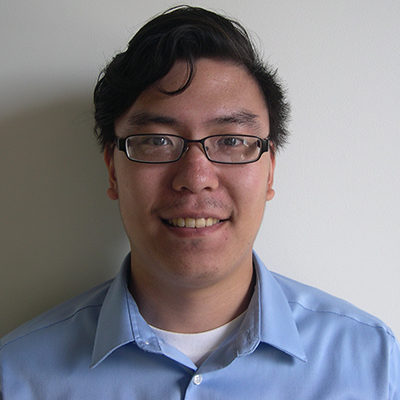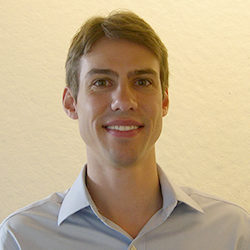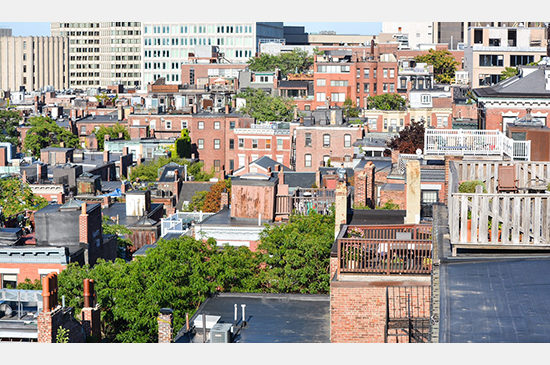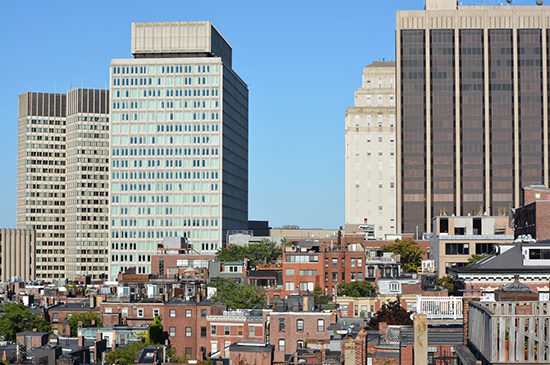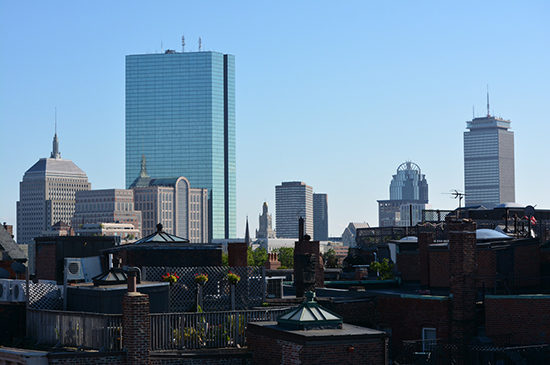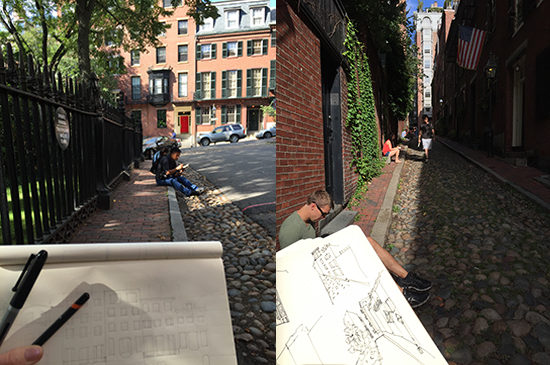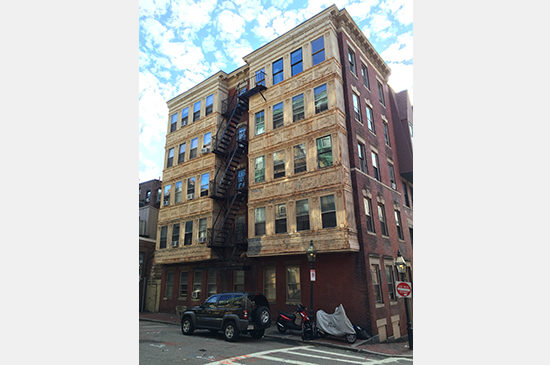In mid-September PAYETTE’s Young Designers Core (YDC) held our second sketch crawl event, exploring the historic neighborhood of Beacon Hill. Having learned a few things from our first sketch crawl in June at the MIT campus, this second outing included a prompt highlighting a specific aspect of sketching to focus on while on the route. Included with the brief were several exercises structured around a time component, accompanied by example sketches.
Conceptually, the prompt is designed to encourage sketchers to use certain constraints (in this instance, time), modes of thinking or specific drawing types and techniques as a framework for sketching. The exercises build on this intention and further challenge the eye and hand, pushing the individual to make deliberate choices concerning the way in which they perceive and document their subject. Ultimately, the goal is to develop a repertoire of techniques between the eye, hand and mind in order to push the way we see, how we draw and how we think as architects and designers. The prompt read as follows:
One of the most difficult aspects to deal with when sketching on site is TIME. It is crucial then, to plan ahead and quickly understand the major elements of the space, what drawing types and styles you should use to best represent it, and ultimately what you’re most interested in documenting. Knowing at least two out of these three components will inform the third and more clearly define what is necessary to the sketch, what can be left out, and how much time you will need. This approach places an emphasis on editing what you see, how you draw it and will help produce a sketch that makes a statement.
The event started at the Massachusetts State House next to the Common with a quick warm up sketch; most of drawings focused on the geometries and proportions of the façade. From here, the group set off to Louisburg Square and Acorn Street to study the early 19th century Federal Style brownstones and Charles Bulfinch’s urban planning. From there we proceeded over the hill to the North Slope, which was formerly considered part of the mostly demolished old West End neighborhood. The ornamented tenements and narrow alleys contrasted the town houses on the South Slope and provided many opportunities for sketching details. We finished the afternoon on the rooftops of Revere Street to admire Beacon Hill and the rest of the city from above.
The following week, participants of the crawl met over lunch as a recap to discuss the event. We presented our sketches and shared our thoughts on the prompt: the usefulness of the brief and exercises, preferences over what parts were successful and which parts need work, overall experience, etc. The feedback was very helpful and constructive, and will be valuable in structuring the next sketching event.

